Grey or ND filters should not be missing in architectural and landscape photography
It is impossible to imagine the basic equipment of any ambitious amateur or professional photographer without a grey filter. It makes it possible to extend the exposure time, which is a great advantage especially in bright light conditions. The filters are also called neutral density or abbreviated ND filters. They are available with different densities and thus offer you, as a photographer, a wider range in terms of aperture size and exposure time. With a grey filter, you can achieve effects that would be difficult or impossible to realise without the filter, even through digital image processing. Landscape and architectural photographers in particular often work with an ND filter. This is the only way to achieve soft water surfaces and dramatic skies even in daylight. When buying, you should make sure to choose a filter with high-quality colouring and coating as well as with a high level of coating, so that the photos have a good image quality and no unwanted image errors occur. You can read about which aspects are important when buying and using them below.
What are grey filters needed for?
Grey filters are useful whenever you want to take pictures with a long exposure time even though the lighting conditions are good enough. This is true, for example, when you want to capture the soft movement of water in a river in daylight. Without ND filters, such photos would be overexposed or simply not possible. But an ND filter is also an advantage if you want to deliberately introduce motion blur into the picture and, for example, make passers-by appear out of focus. In addition, the filters offer the possibility to take portraits in backlight without having to set a higher aperture value.
What are the differences between ND filters?
If you want to buy a grey filter, you basically have two different systems to choose from. On the one hand, there are round filters to screw on, which are available with different thread diameters. On the other hand, rectangular plug-in filters are also offered. To use these, you first have to mount a filter holder in front of the lens. Plug-in filters are also available in several sizes.
The flat screw filters are the most common. They are themselves equipped with a filter thread, which makes it possible to combine several filters. Beyond that, however, they have other advantages:
Advantages
Low space requirement
Inexpensive to buy
Easy to use
Adapter rings allow larger diameter filters to be used on smaller lenses. However, it is possible for the screw filters to cause unwanted vignetting. Especially if you are shooting in the wide-angle range, you should therefore buy an ND filter that is as flat as possible.
The plug-in filter solution has the advantage that the adapters for common diameters are usually already included in the scope of delivery. Since they have a large surface area, the lens diameter is irrelevant. In contrast, a small screw-in filter cannot be used on large lenses, so you have to buy several versions. Plug-in filters can also be combined, as the adapters are usually equipped with three slots. However, the plug-in filter adapters take up a lot of space in your photo backpack. In addition, they are not as easy to handle as the screw-in filters, because the large discs are susceptible to fingerprints and scratches. Vignetting at wide-angle focal lengths is also a problem with plug-in filter adapters. Accordingly, the adapter should be as flat as possible. The screw-in filter is usually cheaper, because there are additional costs for the filter holder and adapter ring, which often exceed 100 euros.
When buying, pay attention to the filter density
Whether you want to buy a screw-in or a plug-in filter, you should in any case pay attention to the density of the grey filter. Depending on the manufacturer, there are quite different designations for the density. Some use small, single-digit numbers like ND 0.3, 0.9 and 1.8 to indicate the density of the filter. Other manufacturers, on the other hand, work with large, sometimes multi-digit numbers such as ND2, ND8 and ND64. The latter indicate the extension factor of the exposure time. Accordingly, it is quite difficult to compare the individual models of different brands with each other. It is not possible to give you general recommendations for the choice of filter strength. Most of the time you need different strengths and have to decide on the appropriate density depending on the local conditions. In case of doubt, you can also combine several strengths. This way you remain flexible.
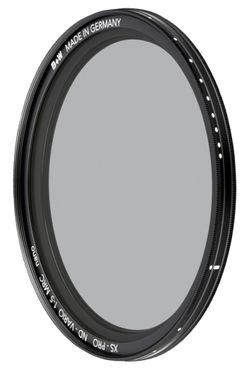
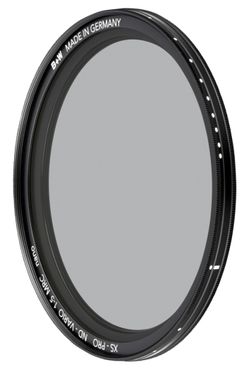
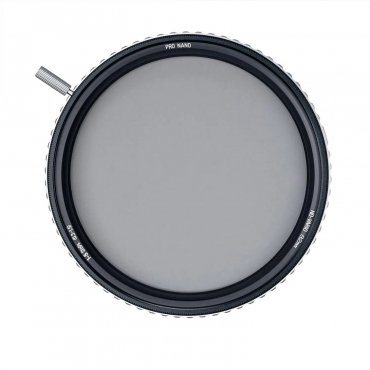
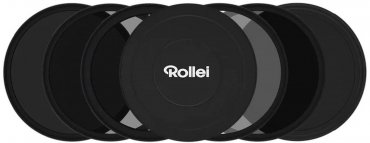
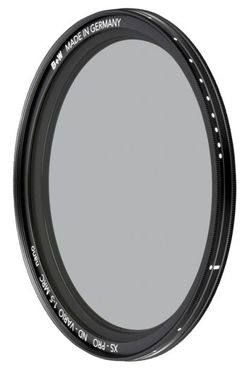

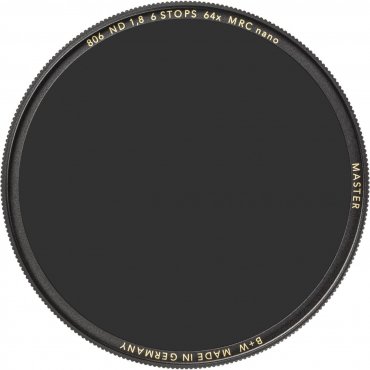
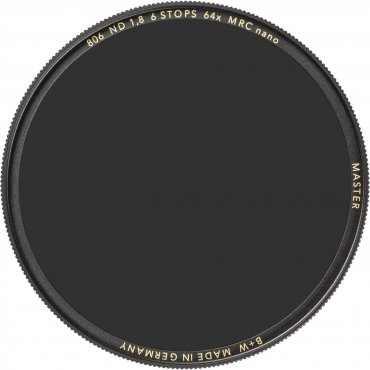
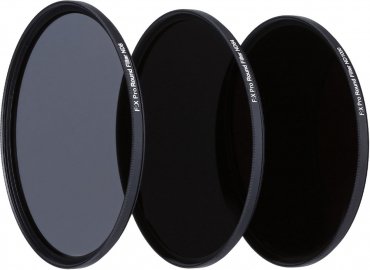

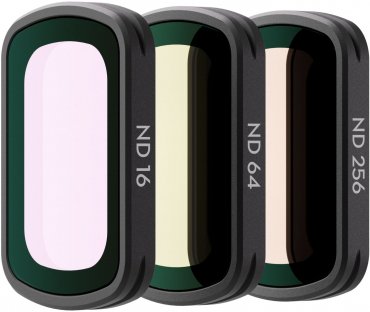


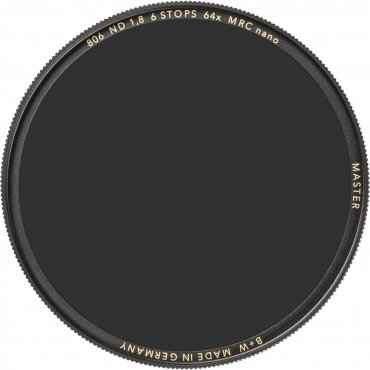
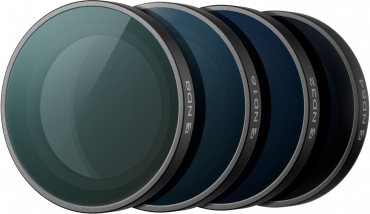
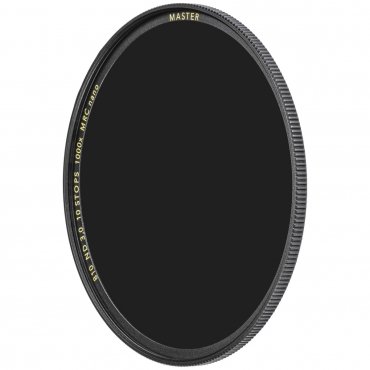
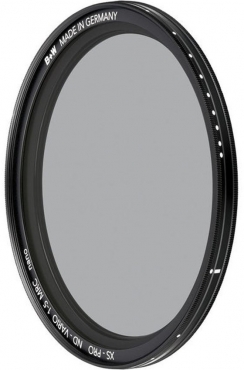
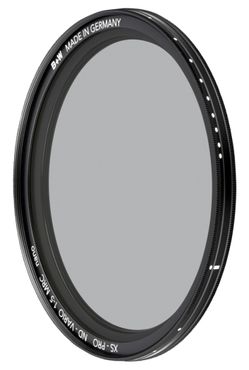
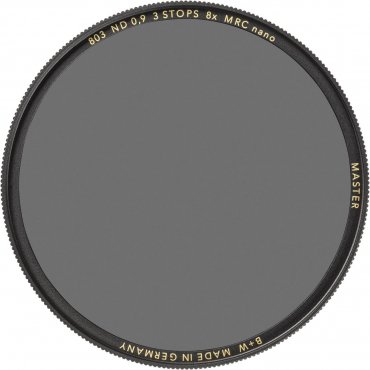
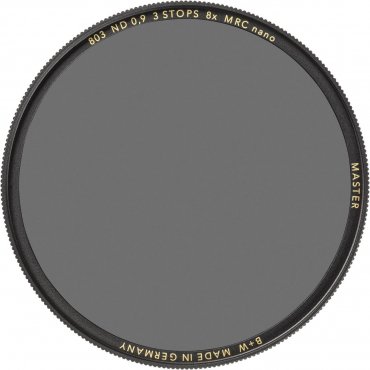
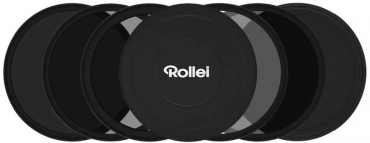

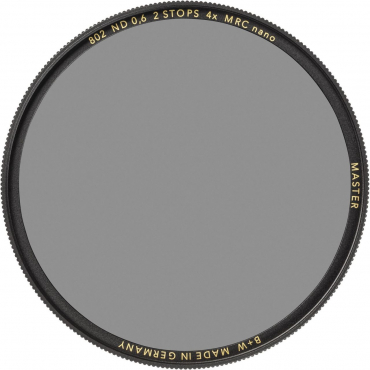
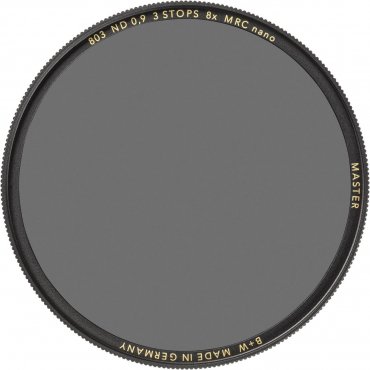
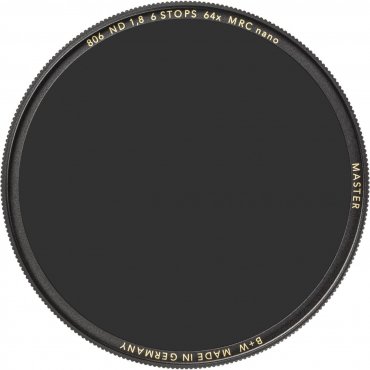
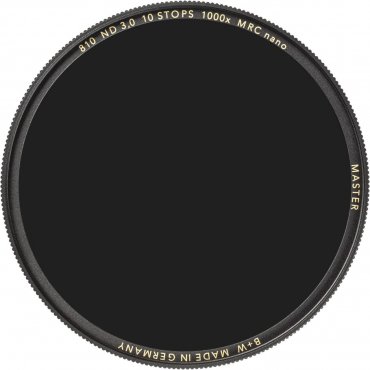
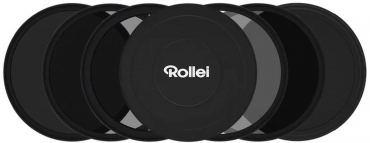
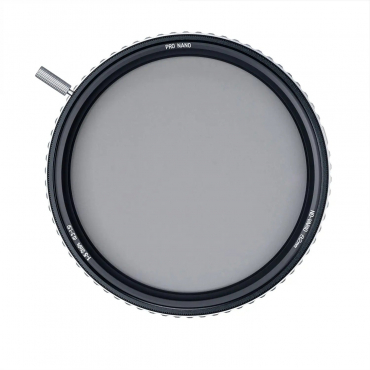
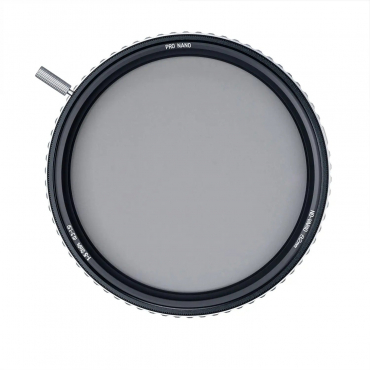
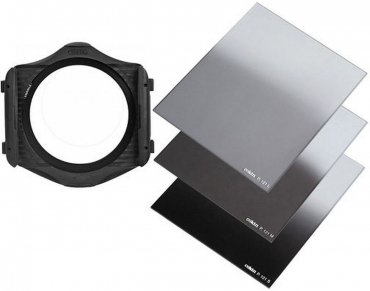
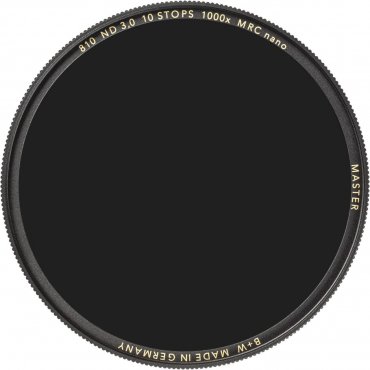

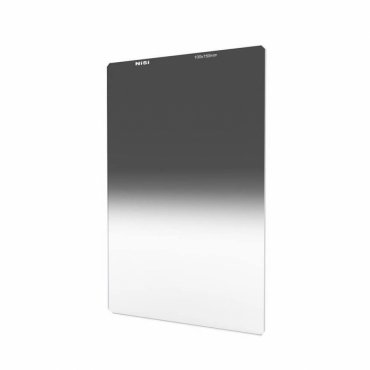


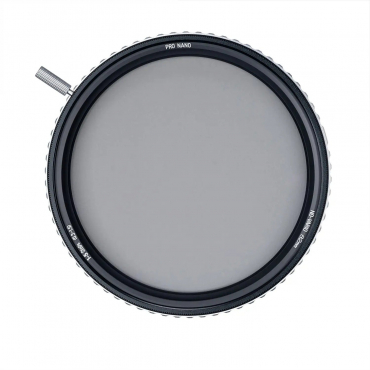
Simply subscribe and benefit as a newsletter recipient every week: